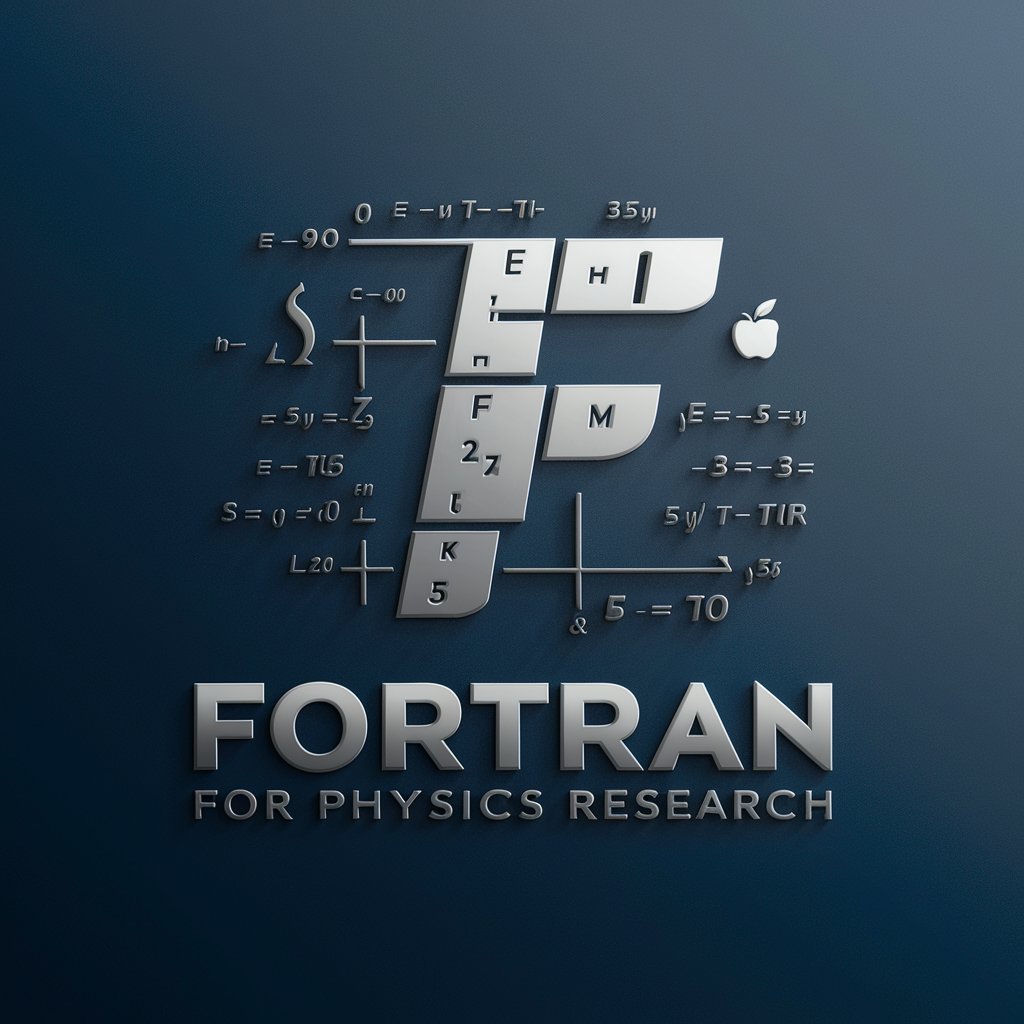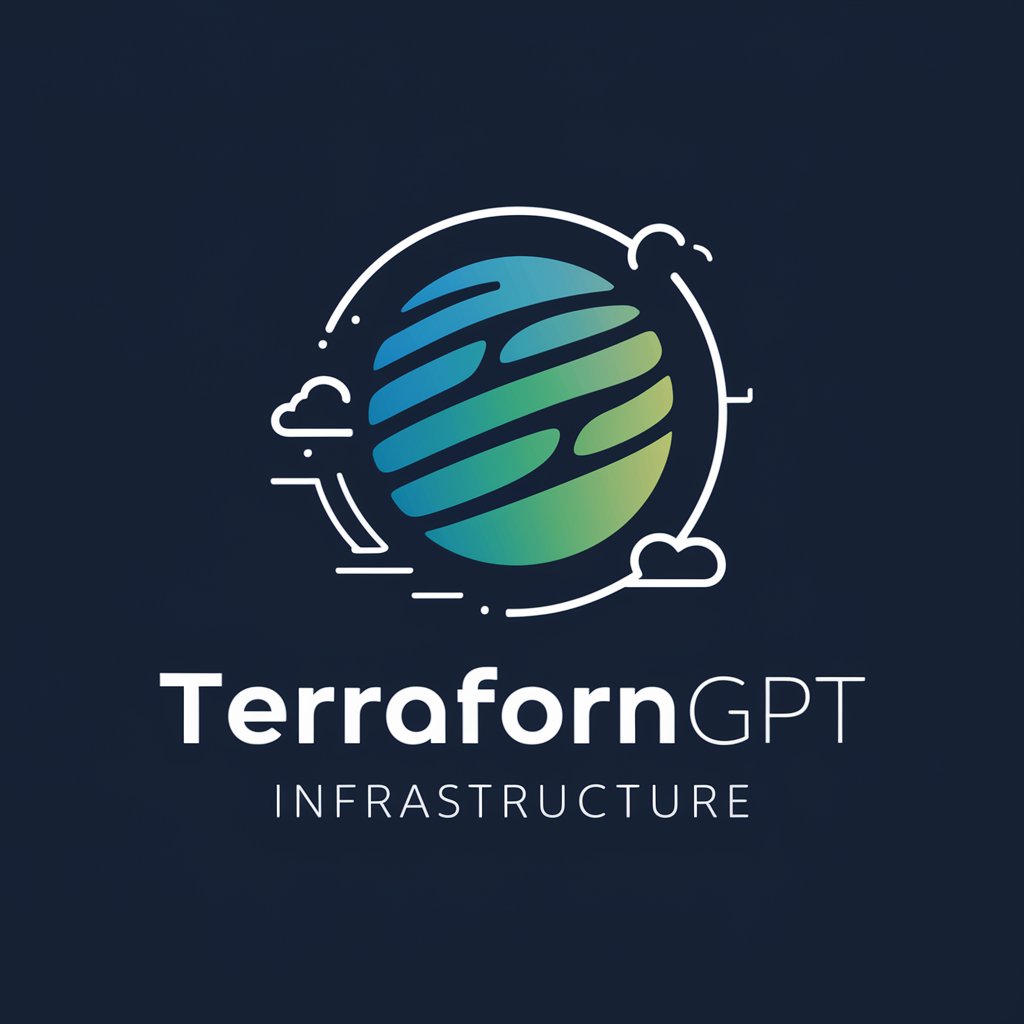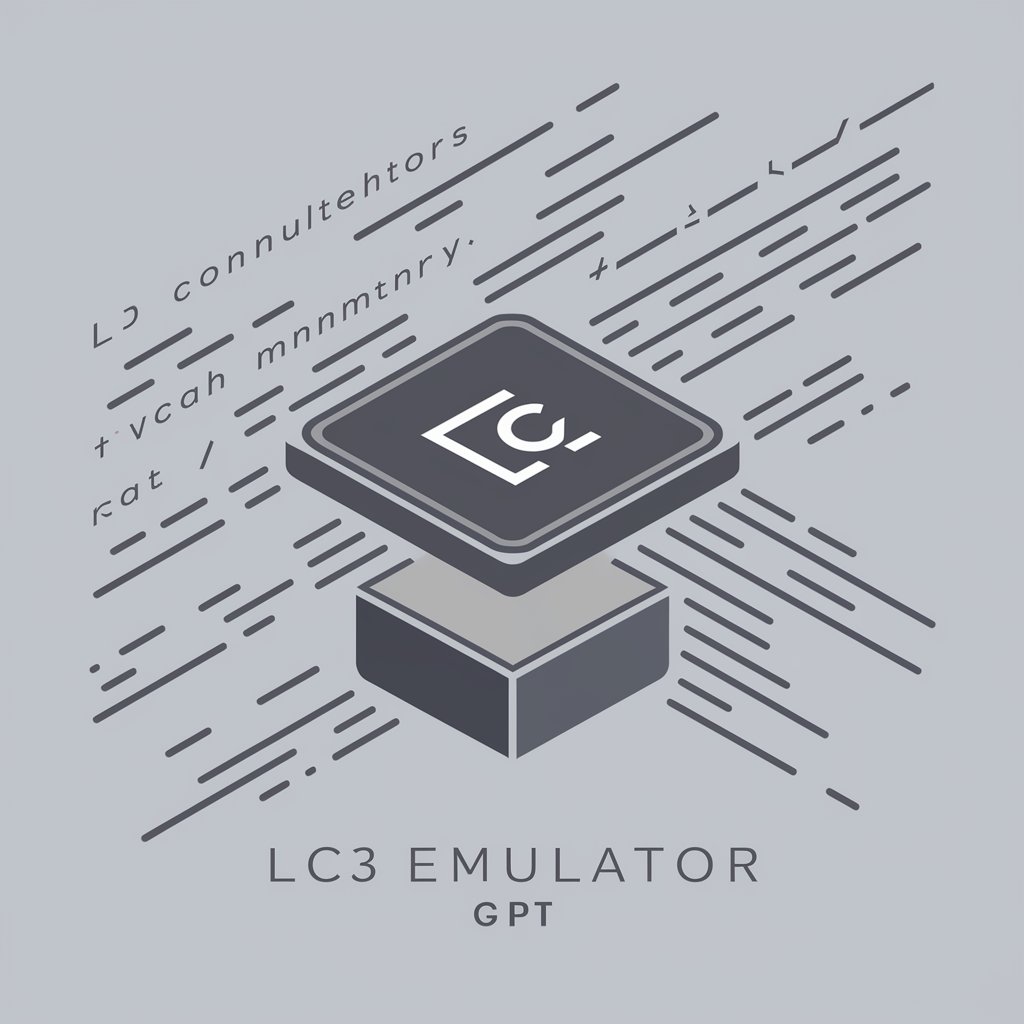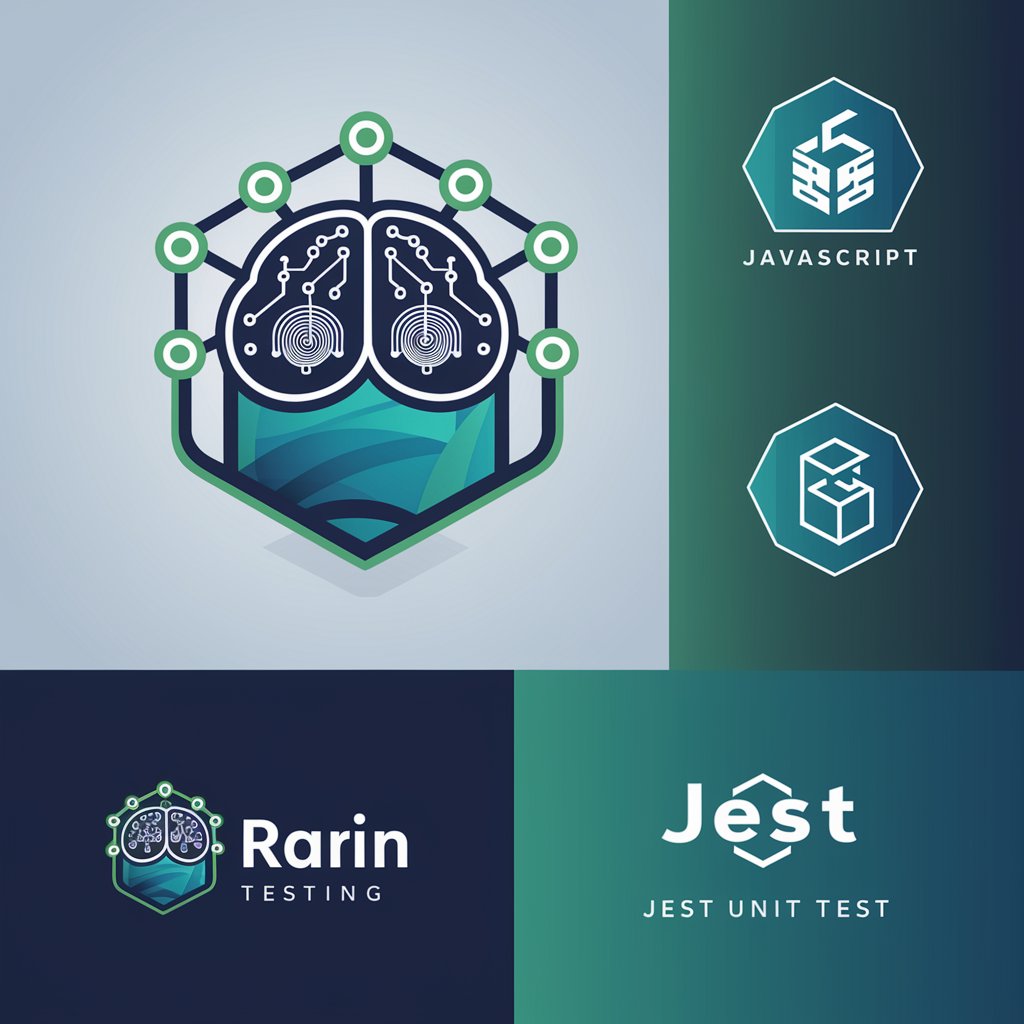🔬 Fortran for Physics Research - Fortran-based Physics Simulations

Hello! Ready to dive into Fortran for your physics research?
Empowering Physics Research with AI
Guide me through solving a system of linear equations using Fortran.
How can I implement LU decomposition in Fortran for my physics project?
Explain the process of finding eigenvalues and eigenvectors with Fortran.
Help me with Fortran code for matrix operations in my physics research.
Get Embed Code
Understanding Fortran for Physics Research
Fortran for Physics Research is a specialized version of the Fortran programming language, tailored for handling complex physics problems, particularly those involving numerical and matrix operations. It is designed to leverage Fortran's strengths in scientific computing, offering robust tools for precise calculations and the manipulation of large data sets. This specialized tool focuses on delivering solutions for linear algebra operations, eigenvalue problems, and solving systems of differential equations, which are common in physics research. For example, it can be used to simulate particle interactions in a collider experiment or to model astrophysical phenomena like star formation, where handling large matrices and performing high-precision calculations are essential. Powered by ChatGPT-4o。

Core Functions of Fortran for Physics Research
Matrix Operations
Example
A = B * C where A, B, and C are matrices.
Scenario
Used in quantum mechanics to calculate the evolution of quantum states over time, where each matrix represents state transformations or interactions.
Solving Linear Systems
Example
AX = B, solve for X using LU decomposition.
Scenario
Applied in engineering physics to model structures or materials under stress, where A represents the system coefficients, and B represents forces or displacements.
Eigenvalue Problems
Example
Find λ and x for Ax = λx.
Scenario
Crucial in structural engineering for determining the natural frequencies of buildings to ensure their stability under various conditions.
Differential Equations
Example
Use numerical methods like Runge-Kutta to solve dY/dt = f(Y, t).
Scenario
Important for modeling dynamic systems such as climate change predictions or spacecraft trajectory analyses, where accurate time-dependent solutions are critical.
Target User Groups for Fortran for Physics Research
Academic Researchers
Physics researchers in academic settings who need to solve complex equations and model physical phenomena. They benefit from Fortran's ability to handle extensive numerical calculations and data-intensive simulations.
Engineering Professionals
Engineers who require precision and efficiency in computations, such as those working in aerospace, automotive, and civil engineering. Fortran's capabilities in linear algebra and its robust nature make it ideal for solving engineering problems involving structural analysis and dynamics.
Graduate Students
Physics or engineering graduate students who are learning about numerical methods and need a reliable tool for their theses or research projects. Fortran provides a solid foundation for developing simulation models and experimenting with advanced computational techniques.

How to Use 🔬 Fortran for Physics Research
Step 1
Visit yeschat.ai to initiate a free trial without login requirements, including ChatGPT Plus.
Step 2
Familiarize yourself with Fortran syntax and the fundamental principles of physics that relate to your research.
Step 3
Prepare your development environment by setting up a Fortran compiler and any necessary scientific libraries on your system.
Step 4
Define the physics problems you need to solve, and translate these problems into mathematical models using matrices and vectors.
Step 5
Write and execute Fortran programs to perform calculations such as solving systems of linear equations, finding eigenvalues, and simulating physical phenomena.
Try other advanced and practical GPTs
TerraformGPT
Streamlining Infrastructure with AI

Devops Guru
AI-Powered DevOps Assistance

GPT-Cioppy
Elevate Your Text Tasks with AI

LC3 Emulator GPT
AI-powered LC3 assembly simulator.

Fast API Ninja
Accelerate API Development with AI

Excelマクロ VBAコードサポーター
Automate Excel tasks with AI-powered VBA

matrix
Empowering Analysis with AI

Análise de dados
Empowering Insights with AI

Fluent Phrase Helper
Enhancing English with AI

Tech Buddy
Empowering Technology Mastery

Creador de tablas
AI-powered table creator for all needs

Jest test creator
Automate your testing with AI power.

FAQs about 🔬 Fortran for Physics Research
What makes Fortran suitable for physics research?
Fortran is highly optimized for array operations and numerical computation, which are central to physics modeling and simulations, making it ideal for handling large datasets and complex calculations efficiently.
Can 🔬 Fortran handle parallel computing for complex simulations?
Yes, Fortran can be used for parallel computing through constructs such as coarrays and the use of MPI (Message Passing Interface), enabling it to perform highly efficient simulations for complex physics models.
How do I debug a Fortran program used in physics research?
Use tools like GDB (GNU Debugger) or Intel Debugger, and implement logging within your program to trace variable changes and watchpoints, which is critical for identifying where the calculations may be going wrong.
Is it possible to integrate Fortran with other programming languages for interdisciplinary research?
Absolutely, Fortran can be interfaced with other languages like C, C++, and Python using bindings or wrappers, which allows for more flexibility and the use of a wide range of libraries outside of Fortran's domain.
What are some best practices for optimizing Fortran code in physics simulations?
Focus on efficient memory management, leverage parallel computing capabilities, and use compiler optimization flags to enhance the speed and performance of your physics simulations.
